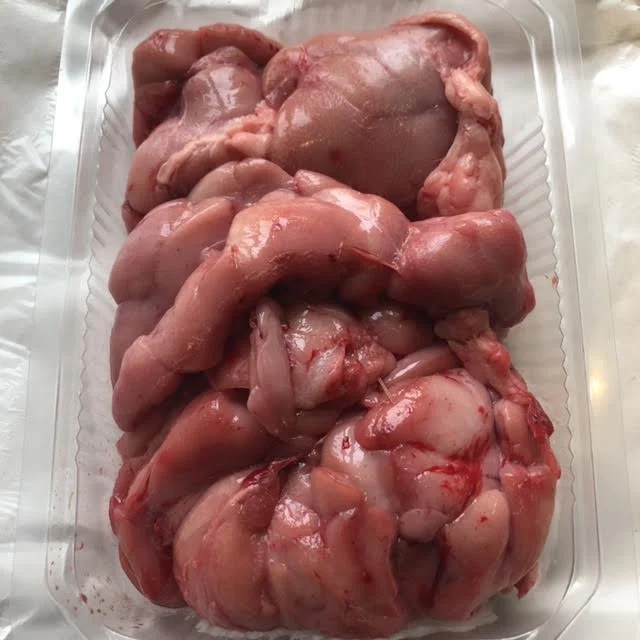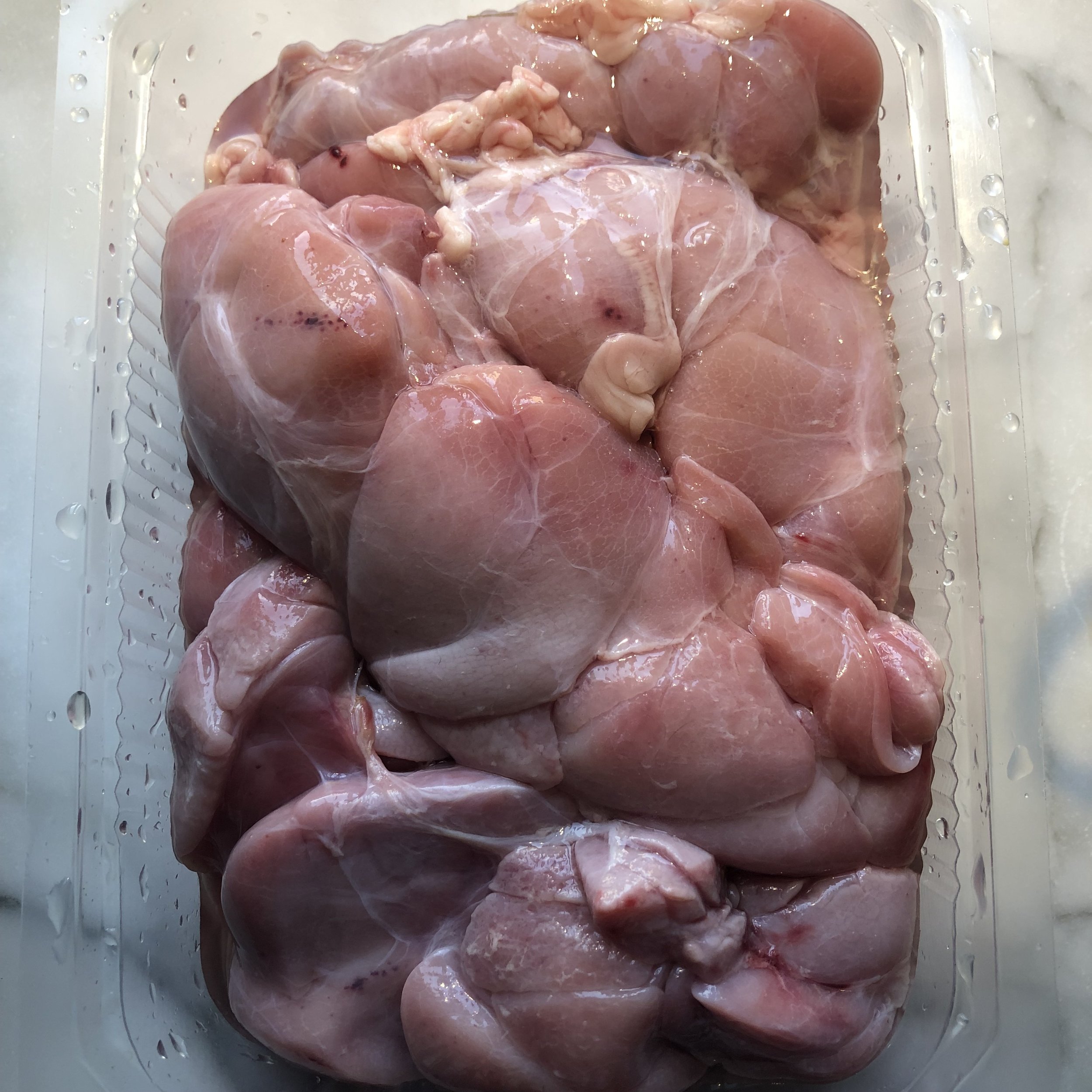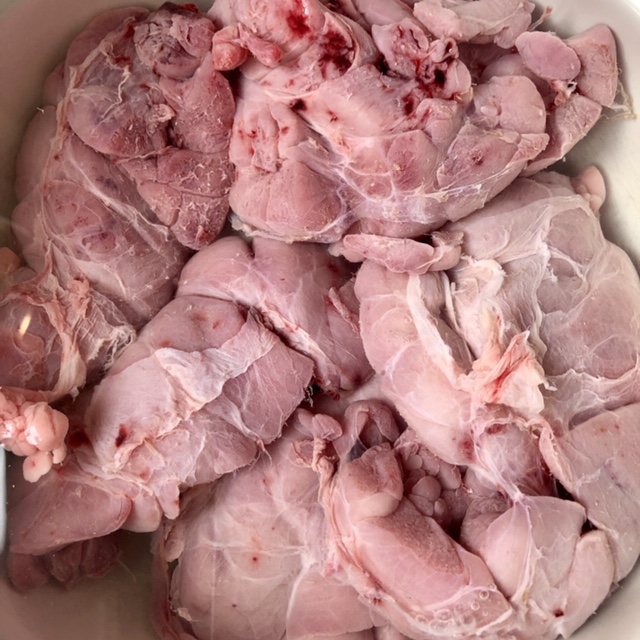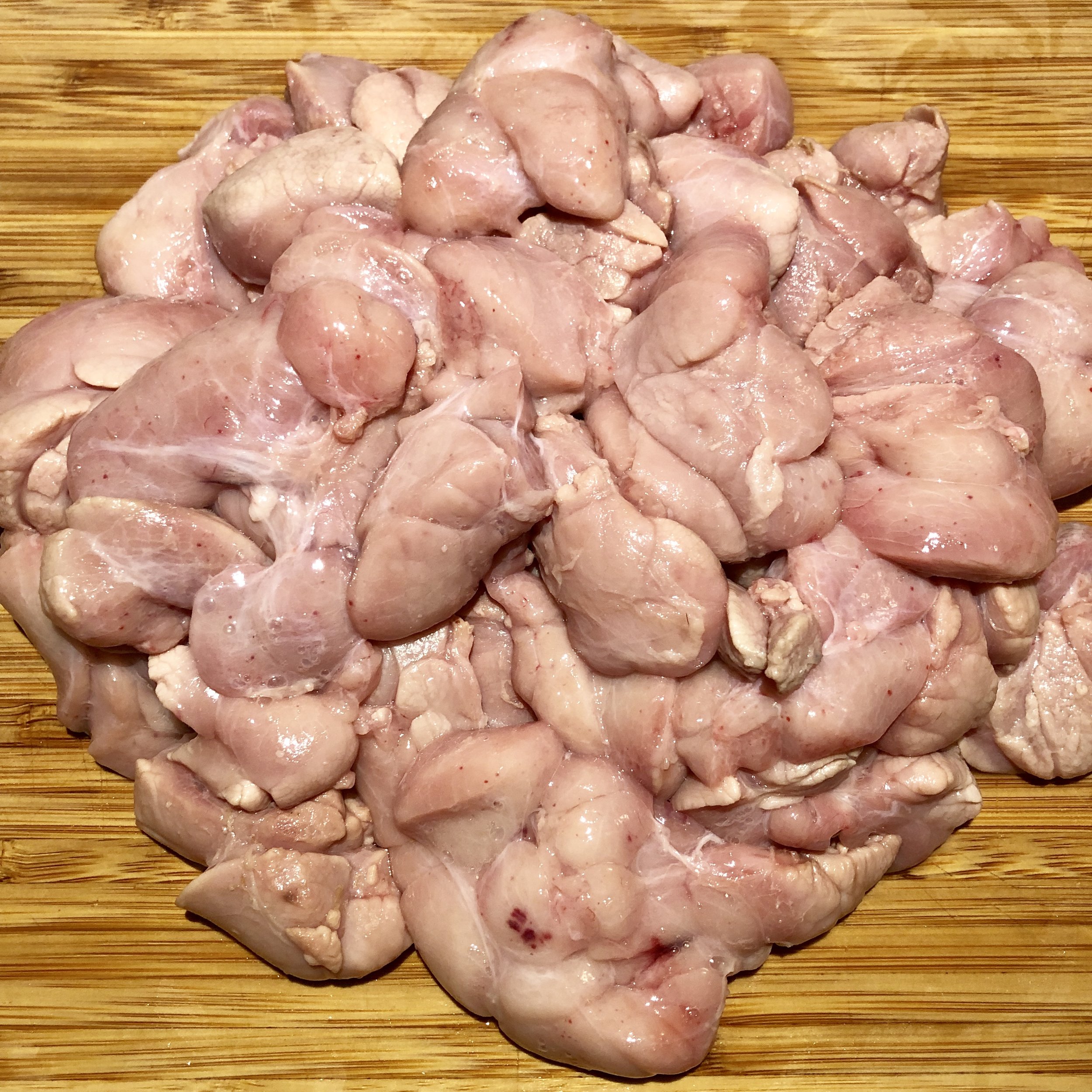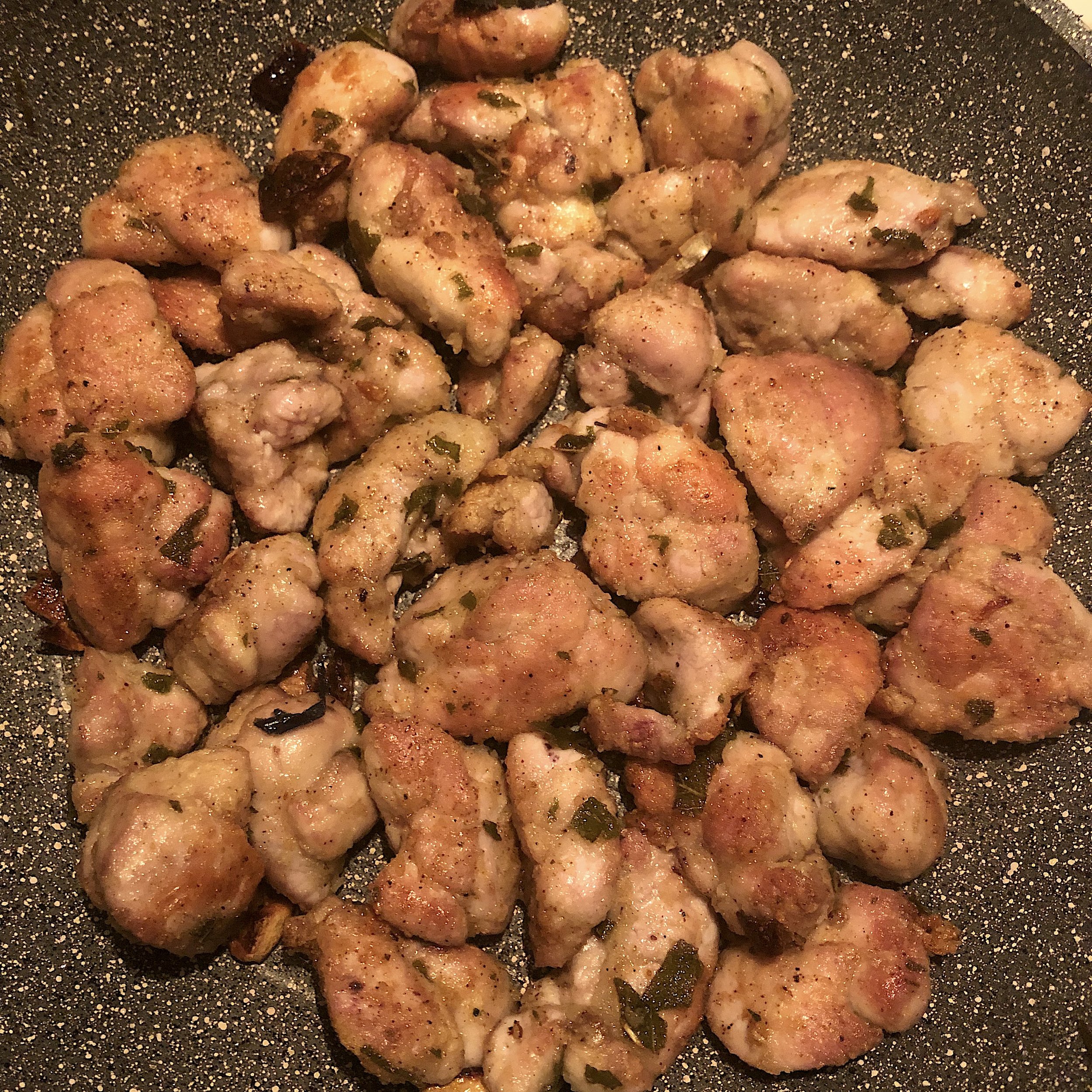Because of the importance of sweetbreads to the Roman quinto-quarto tradition, a defining characteristic of the cucina romanesca, I had thought of putting this recipe in the historical section of this website, but in the end, it is more in keeping with my interpretations of the culinary material culture, and not a replication from a historical source.
Although offal is experiencing a resurgence, most people today would categorize the bovine thymus gland as extreme eating. Sweetbreads can also include the pancreas, and sometimes the parotid gland, ovaries, testicles, and sublingual glands, but the immediate association is with the thymus. It appears frequently on Roman menus but, where I live, just two hours north of Rome, not a single butcher carries it. My own macellaio di fiduccia, my trusted butcher, told me that his abattoir throws it away. I have to drive twenty minutes to my other trusted butcher in Sansepolcro to get it – and he in turn has to call around to procure it specially. At that point, he charges me a pretty penny for this “throw-away” item.
If you haven’t had them before, sweetbreads have a mild flavor. No comparison, for example, to something as distinct in texture and flavor as liver. They are not rubbery, slimy, mushy, or chewy – words that could describe other bits of offal – but they are also clearly not muscle meat. If anything, I would compare the texture to seitan, firm but softly yielding to the teeth. It is rather rich (but again, not like liver), so you won’t want to indulge in a huge dish as one would with a Florentine steak.
The origins of the word in English, French (ris de veau), and Italian (animelle) in relation to this organ as a food are unknown, whereas the scientific term in all three languages refers back to the Ancient Greek thymos (or, fetchingly, warty excrescence). It is said that Galen named the gland as it seemed like a bunch of thyme, and indeed the gland and the plant are the same word in Italian - timo. The word thyme has an Indo-European origin and in Socrates’ day it was thought to derive from dheu, indicating a cloud of smoke rising up, recalling the use of burning thyme as part of the purification ritual for sacrifice to the gods. Given the heady passion behind this imagery, the French and Italian names for the gland are particularly significant because the thymus was thought to regulate youthful enthusiasm, fantasy, playfulness, and indeed its activity peaks during adolescence and the gland itself shrinks thereafter, squelching puerile fervor. The Italian word, animella, a diminuitive form of animo, or animus, seems to take this into account.
Recipe
Pan-Fried Sweetbreads with Sage and Must
300g sweetbreads
100ml olive oil
2 tbsp butter
3 cloves garlic smashed lightly
5 large fresh sage leaves chopped
Salt
Pepper
2 tbsp must (or 1 tbsp pomegranate syrup diluted with 1 tbsp water)
Directions
Sweetbreads require a bit of prep work before they can be cooked. They should be bought fresh and prepared soon thereafter as they go bad quickly.
When you open the package from the butcher, they will probably be a bit bloody (1). Rinse them thoroughly (2) and place them in a bowl of cold water (3). Over the next two hours change the water as soon as it clouds. The cloudy water is assurance of the purification process. Bring a pot of water to the boil. Trim the gland of any odd looking bits and plunge the meat into the pot for about a minute. Strain it from the water and wherever possible, try to pull some of the filmy skin off using a small sharp knife. Cut into walnut sized pieces, rinse again and pat dry. They should be much paler at this point (4).
Wrap them in a clean kitchen towel that doesn’t smell of detergent or fabric softener perfumes. Paper towels are not a preferable choice in this step because they will stick and you will have to pick paper towel bits off. Guess how I know that. Lay them relatively flat on a cutting board in the towel and put a heavy weight on them. I find it handy to keep a brick as part of my kitchen gear (5). Put the whole thing in the refrigerator for an hour.
After they have rested and been drained of more blood, they are ready to be floured. If they seem too dry moisten them a little, but you don’t want the flour to get too gummy. Prepare a frying pan with enough oil to cover the bottom of the pan and heat it to medium high; add the butter and garlic. Just as the garlic starts to brown add the sweetbreads. Toss around to coat and salt. Halfway through the cooking (about five minutes), add the chopped sage.
When they are golden brown and crispy, pepper them and toss, or stir – tossing is best to maintain the coating and distribute the flavors evenly (6). Drizzle the must or pomegranate syrup on while they are still on heat and sizzling. Remove from heat immediately and pour them and any pan drippings onto a platter. Serve hot. As with most fried foods, these do not make particularly good leftovers, so plan your quantities with that in mind. (Serves about 5-6 people as a curiosity or 4 people who actually want to eat).


